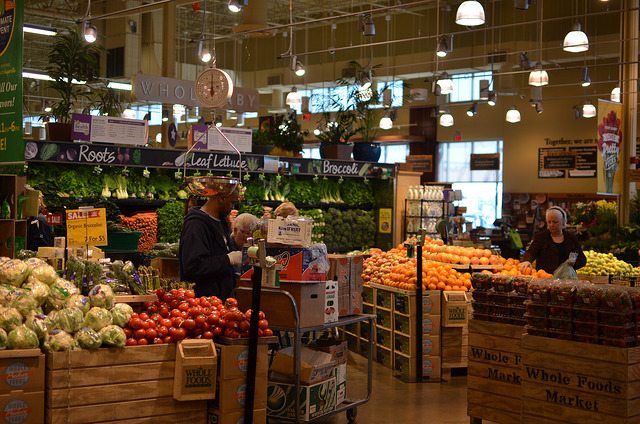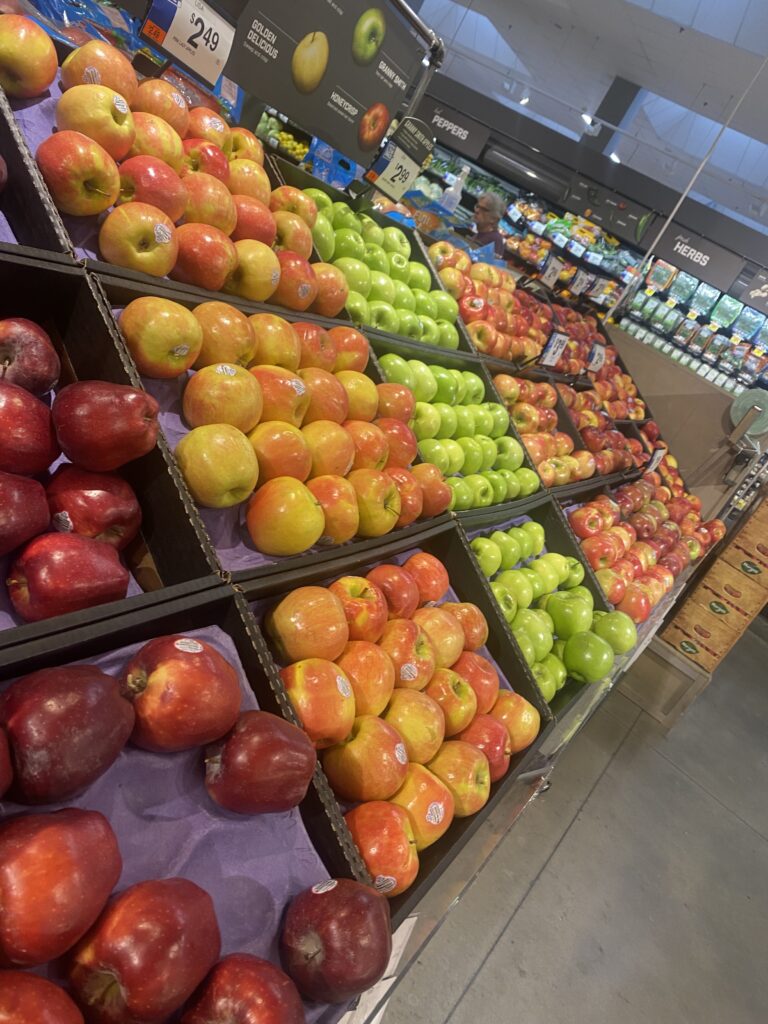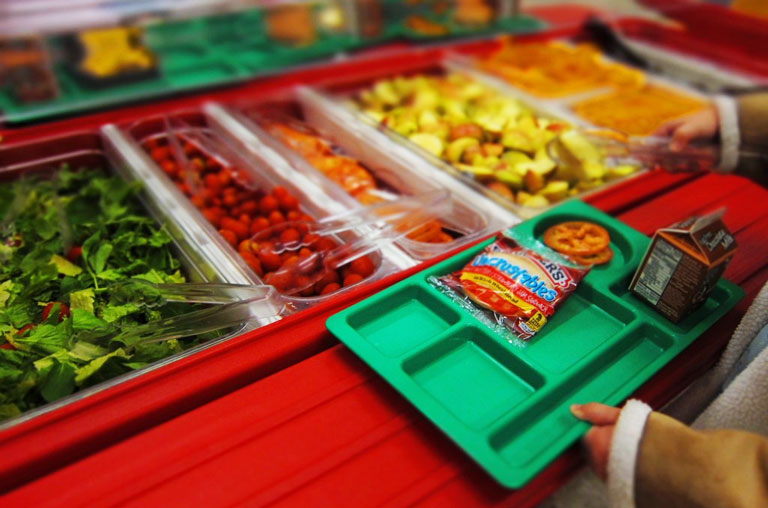Food-insecure areas make up about 11 percent of the total area of the District and exist in areas of poverty, according to a new report by D.C. Policy Center.
The report, released March 13, aimed to measure food deserts in the city using a broader definition of “food desert” that takes into account transportation and income. A food desert is a low-income region where residents have little access to affordable fresh foods and produce because there are few grocery stores in that area.
Food deserts are typically measured based on access to full-service grocery stores and do not include supermarkets like Wal-Mart and Target, which sell items other than groceries. The D.C. Policy Center study used criteria that specified distance from sources of healthy food, access to transportation and median household income.
A food desert encompassed an area where the walking distance to a supermarket or grocery store was over half a mile, where an average of over 40 percent of households did not have access to a vehicle and where the median income was below 185 percent of the federal poverty level.
When residents do not have easy access to grocery stores, obtaining healthy food requires an unreasonable amount of time and money. People living in food deserts may turn to quick marts, gas stations, convenience stores and fast-food restaurants. These become the primary source of food intake and is typically less healthy than fresh produce. A lack of healthy, nutritious food is linked to numerous health problems, high incidence of early death and worse educational outcomes.
In the District, low-income wards, especially east of the Anacostia River, account for the highest concentration of food deserts. According to the report, Wards 7 and 8 contain three-quarters of D.C.’s food deserts. A comparison of a D.C. Hunger Solutions’ report from 2010 and its 2016 data as reported by Washington City Paper also shows that the number of full-service grocery stores in Wards 7 and 8 combined went down from seven to three.
Efforts in D.C. to combat the effects of food deserts include D.C. Central Kitchen’s Healthy Corners initiative, which brings more affordable produce to corner stores of low-income neighborhoods. Additionally, Joyful Food Markets offers free healthy foods in pop-up markets in Wards 7 and 8.








